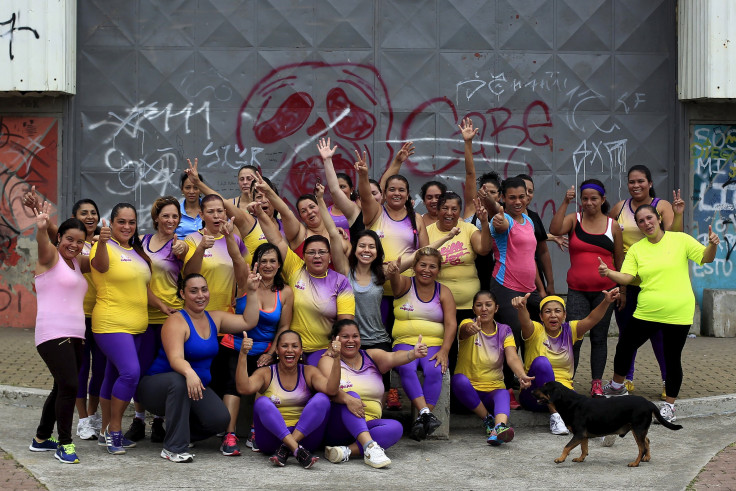Severe menopause symptoms: Study reveals the miseries of a sedentary lifestyle, couch potatoes to suffer

A large Latin American study involving more than 6,000 women has revealed that sedentary middle-aged Hispanic women suffer menopausal symptoms worse than their active counterparts. The study also linked sedentary lifestyle to obesity, insomnia, anxiety and depression. The study has been published online in Menopause, the journal of The North American Menopause Society (NAMS).
Therefore, people who spend most of their time doing nothing (no physical activity) are at a very high risk of acquiring major health problems. The data for the study was taken and analysed from Collaborative Group for Research of the Climacteric in Latin America surveys and health records.
The study involved 6,079 women, in the age group of 40 to 59 years and who attended one of the 20 health centres in 11 Latin American countries. A Menopause Rating Scale (MRS) questionnaire was provided to the respondents and it included somatic symptoms apart from standard questions on menopause symptoms, insomnia, anxiety, and depression.
The somatic symptoms included joint pains and hot flashes, urogenital symptoms such as bladder problems, vaginal dryness and sexual problems, and psychological symptoms such as anxiety and depressed mood. The respondents also answered questions on their menopause status and activity level.
According to the study, women were considered to be in a sedentary lifestyle if they were having fewer than three weekly sessions of physical activity that lasted 30 minutes or longer. Menopause symptoms were considered severe if the MRS score read 16 or more, reports EurekAlert.
Shockingly, 64 percent of the women in the study were seen to be having a sedentary lifestyle. About 16 percent of the sedentary women experienced severe menopause symptoms compared to 11 percent of the active women.
According to the data, the sedentary women were more likely to be obese and have higher scores on insomnia, anxiety and depression scales. Moreover, the sedentary women had higher total menopause scores than the active women.
JoAnn V. Pinkerton, MD, NCMP and NAMS Executive Director, said that less menopause suffering is only one of the benefits of being active, especially for women at midlife. Regular physical activity reduces the risk of colon and breast cancer, depression, strokes, heart attacks, dementia, bone and lean muscle mass loss, and it improves immune system function.
“One study showed that just one hour of walking daily cut the risk of obesity by 24 percent. Fewer hot flashes, fewer health risks, increased well-being -- who doesn't want these benefits?” says the study.
The article, "Sedentary lifestyle in middle-aged women is associated with severe menopausal symptoms and obesity," will be published in the print edition of Menopause in May 2016.




















